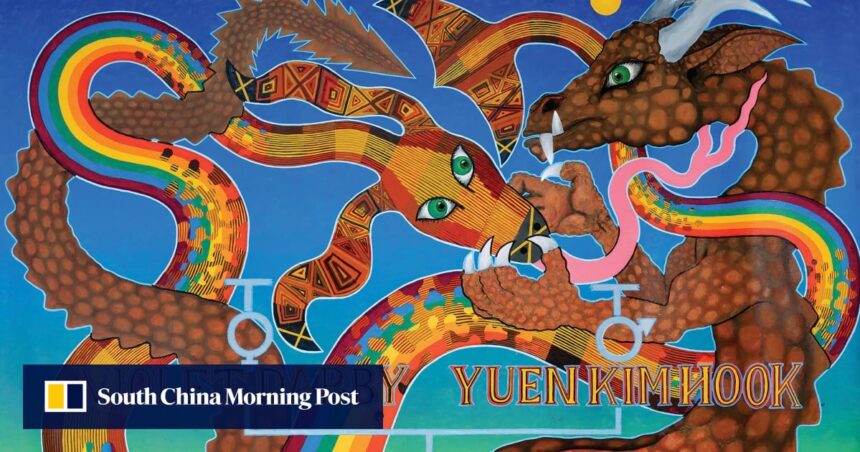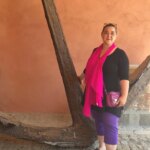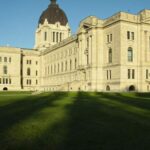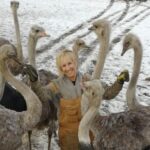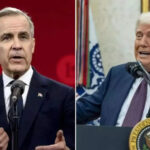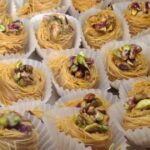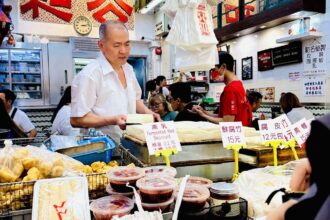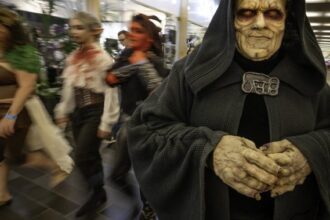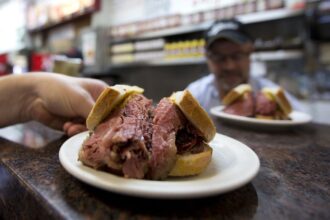In the sun-drenched halls of the National Museum of Australia, a remarkable exhibition is challenging our understanding of the country’s cultural tapestry. “Connections: Stories of Chinese Australian Identity” reveals a hidden chapter in Australia’s history—the profound interweaving of Aboriginal and Chinese heritage that has remained largely unacknowledged until now.
The story begins over 150 years ago, when thousands of Chinese migrants arrived during Australia’s gold rushes of the 1850s. What followed wasn’t merely economic migration but a cultural exchange that would silently shape communities across the continent. Many Chinese men, facing harsh discrimination under the White Australia Policy, found acceptance among Aboriginal communities when mainstream society rejected them.
“These relationships weren’t just marriages of convenience,” explains Dr. Sophie Loy-Wilson, a historian specializing in Chinese-Australian history. “They were genuine unions of love and respect during a time when both communities existed on the margins of Australian society.”
Walking through the exhibition, visitors encounter poignant artifacts: faded photographs of mixed families standing proudly despite societal disapproval, letters written in both Chinese characters and English, and traditional tools modified through cultural exchange. Each item tells a story of resilience and adaptation that challenges the conventional narrative of Australian identity.
Perhaps most striking are the oral histories. John Young, a 78-year-old visitor whose grandfather was Chinese and grandmother Aboriginal, stands misty-eyed before a display featuring stories eerily similar to his family’s. “My entire life, I felt like my history didn’t exist in the official records,” he says. “Now here it is, in Australia’s national museum. This validation means everything.”
The timing of this exhibition feels particularly relevant as Australia continues to grapple with questions of national identity and historical reconciliation. These stories of cultural blending offer a counternarrative to the simplistic “us versus them” divisions that often dominate political discourse about immigration and belonging.
What makes the exhibition particularly powerful is how it reveals the strategies these intercultural families employed to survive. When the government threatened to remove mixed-race children, some families would retreat deeper into the outback. Others would adopt cultural practices that blended Chinese ancestral reverence with Aboriginal spiritual traditions, creating entirely new cultural expressions unique to Australia.
The culinary fusion is another fascinating dimension. The exhibition features recipes dating back generations that combine traditional Chinese cooking techniques with native Australian ingredients—bush tomatoes in stir-fries and kangaroo prepared with star anise and soy. These dishes represent more than just food; they embody cultural survival through adaptation.
Dr. Alistair Paterson, an archaeologist who contributed to the exhibition, notes that physical evidence of these interactions has been discovered at numerous historical sites. “We’ve found Chinese ceramics in remote Aboriginal communities and Aboriginal tools in what were once Chinese settlements,” he explains. “The material culture tells us what written records often omit—these interactions were widespread and significant.”
For modern Australians with mixed Chinese-Aboriginal heritage, the exhibition offers long-awaited recognition. Michelle Lee, whose great-grandfather arrived from Guangdong province in 1887 and married an Aboriginal woman from the Noongar people, brought her children to see the exhibition. “I want them to understand that their identity isn’t contradictory or divided—it’s richly Australian in a way that’s only now being properly acknowledged.”
The exhibition doesn’t shy away from difficult truths—the racism these families faced came from all directions. Chinese communities sometimes rejected those who married Aboriginal partners, while government policies specifically targeted these intercultural relationships as threats to white Australia. Yet through these challenges emerged powerful bonds of mutual respect and cultural exchange that would quietly influence Australian culture for generations.
As we reckon with questions of national identity in an increasingly diverse world, perhaps these historical examples of cultural integration offer valuable perspectives. They remind us that beneath official histories often lie richer, more complex stories of human connection that transcend the artificial boundaries we create.
The question now facing Australia—and indeed all multicultural societies—is how to incorporate these more nuanced understandings of cultural exchange into our national narratives. Will we continue to cling to simplified versions of history, or embrace the complex, intertwined stories that more accurately reflect our shared past?
Visit the CO24 Culture section for more stories exploring cultural intersections or check out our CO24 Trends page for analysis on emerging social patterns reshaping our understanding of identity and belonging.

